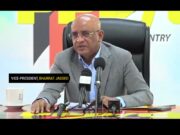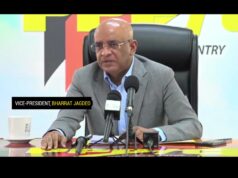The journey has been nothing short of a gruelling odyssey for Guyana’s main Parliamentary Opposition, the A Partnership for National Unity + Alliance for Change (APNU+AFC), since its devastating defeat in the March 2020 General and Regional Elections. Its claims of a bloated voter’s list still looms like a relentless spectre; undermining its fight for electoral integrity and justice while serving as its Achilles’ heel. Nevertheless, a sliver of hope emerges… Could a soon-to-be released census report vindicate it, even as it supporters brave the elements every Tuesday for the last four years at the Guyana Elections Commission (GECOM), passionately shouting demands for an “accurate” list?
The call has now intensified as the country gets ready to head to the polls next year. AFC Leader, Nigel Hughes has already placed his order for the census data to be released ahead of the election. But is there any reconciliation of the census data with the Official List of Electors (OLE)? Can the Census data be used to verify the accuracy of this controversial poll?
During an appearance on “Nation Watch” hosted by opposition member, Mervyn Williams, APNU+AFC’s Commissioner at GECOM, Vincent Alexander, explained the fundamental differences between the data on an OLE and that which is produced through a Census.
Census Vs OLE
Alexander noted that a population census captures the number of people residing in a country at the time of the exercise and may include certain data relevant to those persons, including but not limited to gender and age. A Guyanese living outside of the country would not be affected by the census, Alexander explained.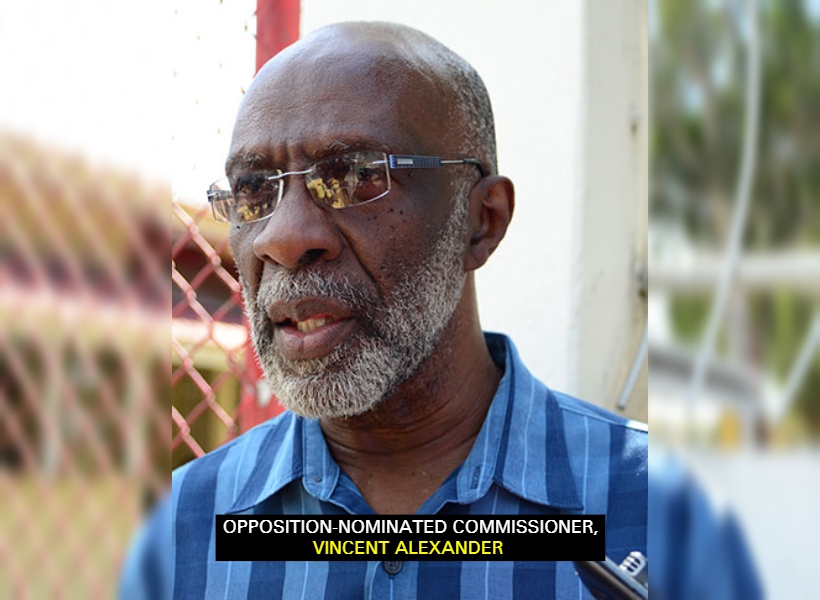
Regarding electoral data, the Guyana Standard gleaned that such a census will only reflect a percentage of the voting population that meets two parameters: those who are 18 and over and were in Guyana at the time of the count.
The Voters’ List, on the other hand, is derived from a much more complicated process.
Alexander explained that the OLE comes from the National Register of Registrants Database (NRRB), which contains information about all registered Guyanese aged 14 and over, whether residing in Guyana or abroad.
The NRRB, since 2023, has been continuously registering individuals due to amendments made to the National Registration (Amendment) Act No. 26 of 2022, enacted on December 13, 2022. This allows for year-round registration transactions, as opposed to previous practices where registration dating back to 2008 could only occur during designated periods. This change gives immense latitude to Guyanese living abroad who can register, – if they have not– when they return to Guyana for whatever purpose, be it vacation or business.
Also, to register, applicants must be Guyanese citizens by birth, descent, registration, or naturalization, or citizens from a Commonwealth country living in Guyana for at least one year and never previously registered. Existing registrants can also update their records, including name, date of birth, occupation, or address, during this time. The processes are then paused to facilitate the publication and finalization of the OLE.
The OLE, compared to the Census, benefits from much more refinement and scrutiny. One perceived way in which the census data can be crafted to specifically verify the number of eligible voters in the OLE would be by eliminating the overseas residency parameter. This means that if the OLE included the names of Guyanese voters in Guyana only, then the census could mirror that figure somewhat accurately.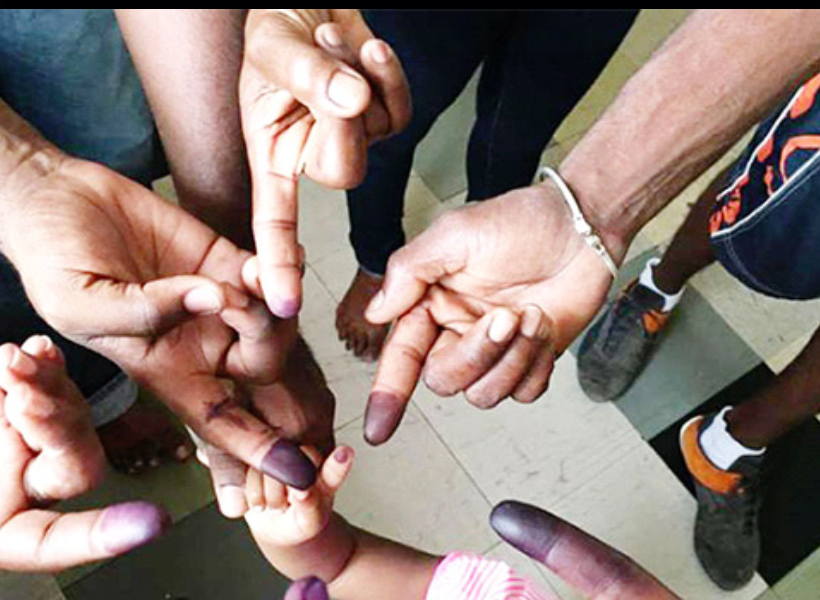
But there is more. The death parameter must also be excluded. Alexander was quick to point out that there is no mechanism to remove the names of deceased persons who have died outside of Guyana unless the family provides official evidence of death. He said that the OLE could potentially have thousands of persons who have died but were not removed. This further solidifies the argument that the Census cannot verify the number of voters on the OLE because the Census is a count of living people within a country, not those who have died beyond Guyana’s shores.
A person who dies in Guyana is removed during the claims and objection period by relatives upon presenting the death certificate, or by the Register when the list of officially deceased persons is presented. Therefore, to use the census as a check and balance mechanism of the voters’ list would be a flawed undertaking.
Even if the NRRD was manipulated to exclude the parameter of residency, the powers-that-be would be legally challenged, since such actions would be in contravention of the August 2019 ruling by Chief Justice (ag) Roxane George, which says that GECOM cannot deregister persons from the database from which the OLE is compiled – unless they are dead or otherwise disqualified under Article 159 (2), (3) and (4) of the Constitution.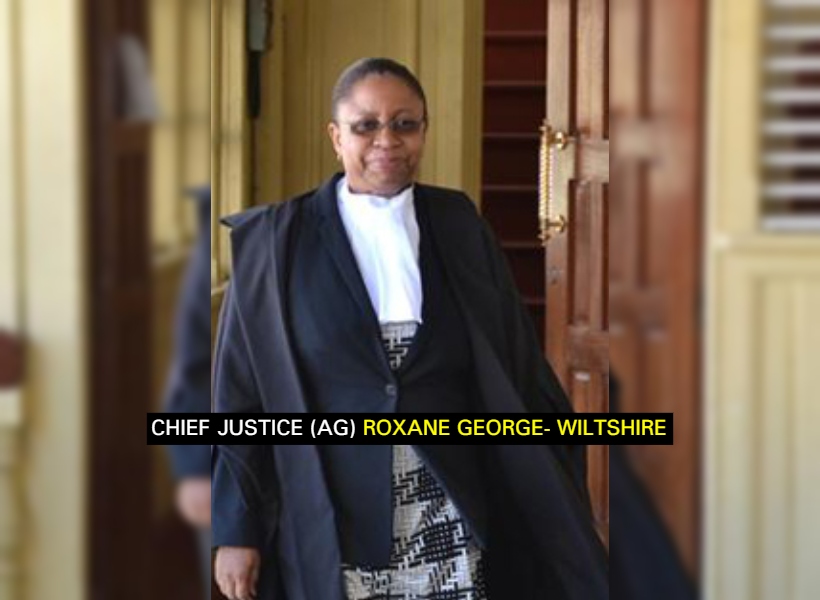
Despite noting the major differences between the two datasets and the processes by which they are derived, Alexander noted that both could still be analyzed and juxtaposed. The findings, he said “could still raise question marks”. He hypostasized that by examining variables from the census including the school population and comparing it to the OLE, one can get a reasonable image of what size the list should be and where the disparity lies.
So, while the census may not be a suitable tool to verify the number of eligible voters, data from examining both could still be useful.


